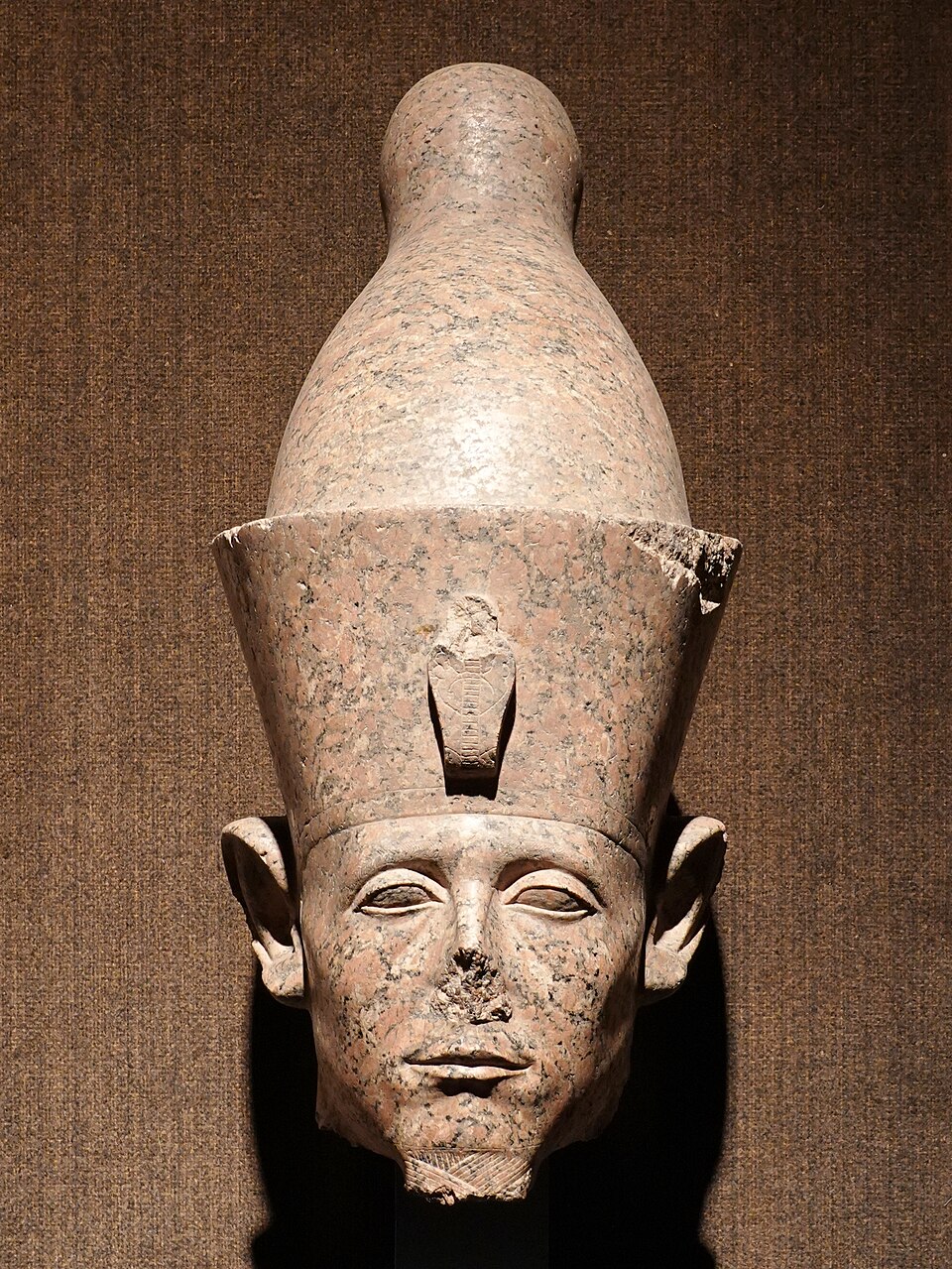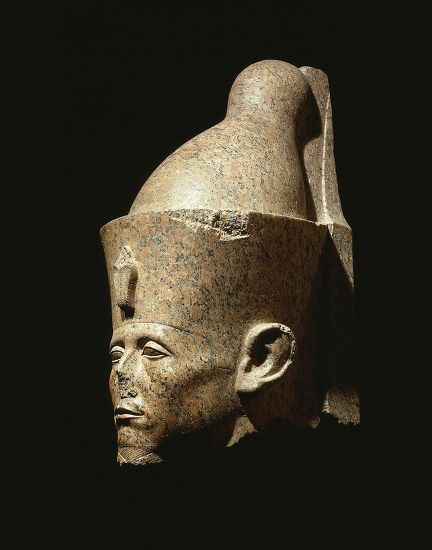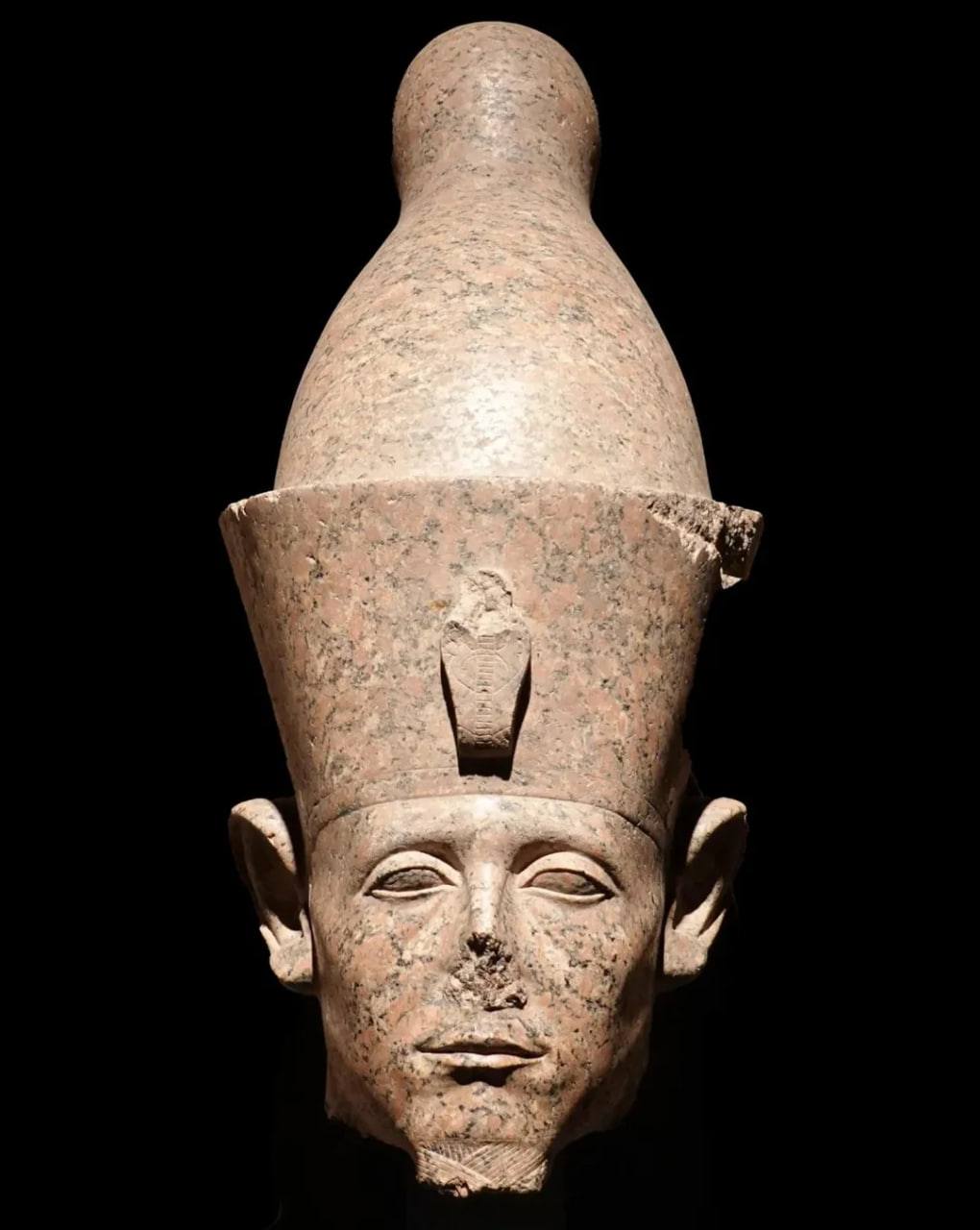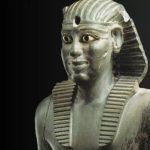King Senwosret III

Head of King Senwosret III
Middle Kingdom, 12th Dynasty, ca. 1878–1839 B.C.
Rose granite — discovered at Karnak Temple Complex (in front of the 4th Pylon), 1970

This striking head of King Senwosret III captures the powerful and introspective spirit of one of Egypt’s most dynamic Middle Kingdom rulers. Carved from rose granite, the piece shows the king wearing the Double Crown (Pschent) — a potent symbol of his dominion over both Upper and Lower Egypt.

King Senwosret III, who reigned during Egypt’s Middle Kingdom (circa 1878–1839 BCE), was one of the most powerful pharaohs of the 12th Dynasty. Renowned for his strong leadership, he expanded Egypt’s influence through military campaigns in Nubia, securing its southern borders and establishing a series of massive fortresses along the Nile.

These efforts ensured control over valuable trade routes and resources such as gold. Senwosret III was also known for major administrative reforms that strengthened central authority and reduced the power of regional governors. His distinctive statues, depicting a deeply lined face and a serious, almost weary expression, reflect a new artistic realism that emphasized the burden of kingship rather than divine perfection. Often considered a model warrior-king and reformer, Senwosret III’s legacy influenced later rulers, including those of the New Kingdom, who revered him as a god centuries after his death.











